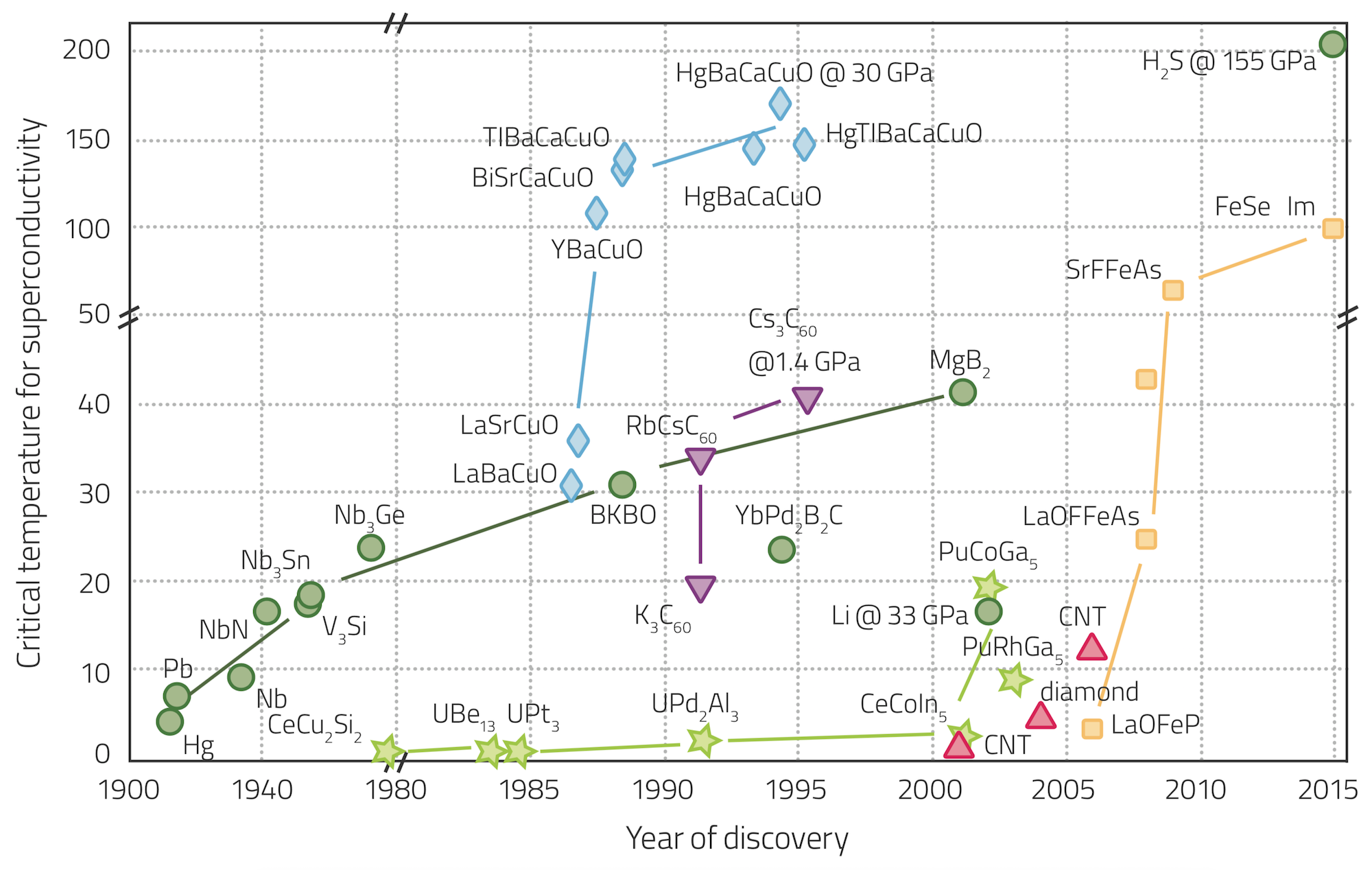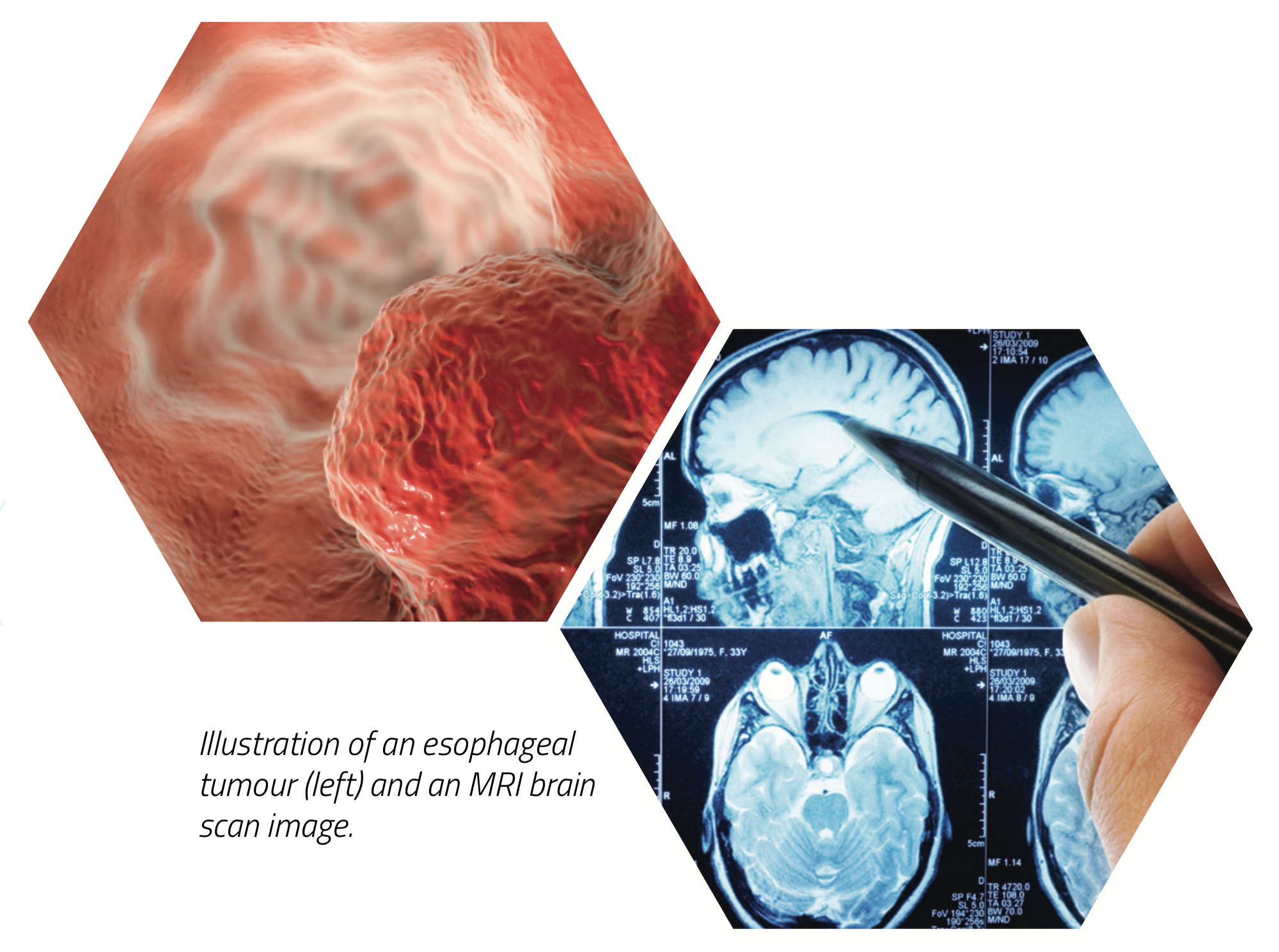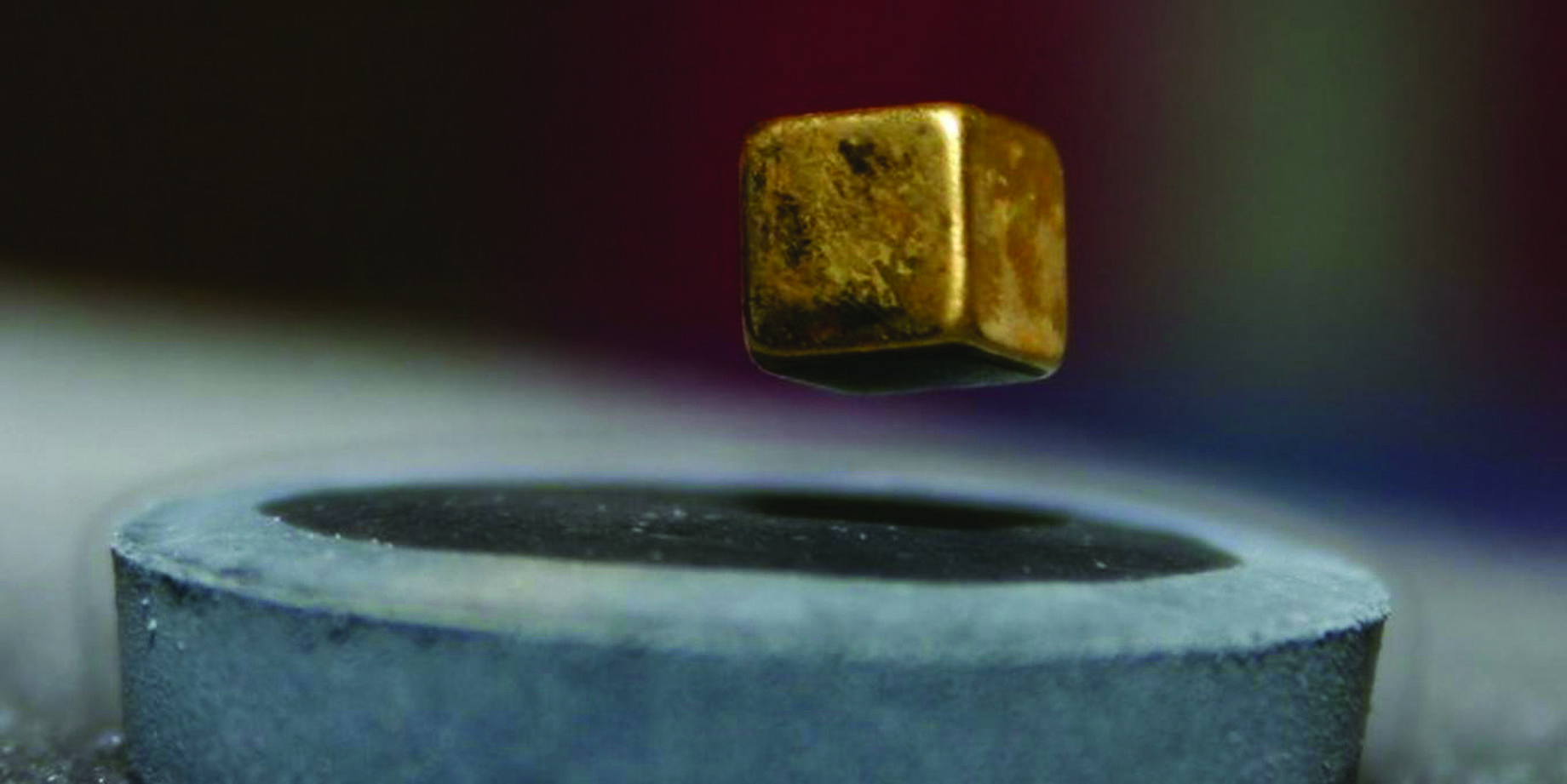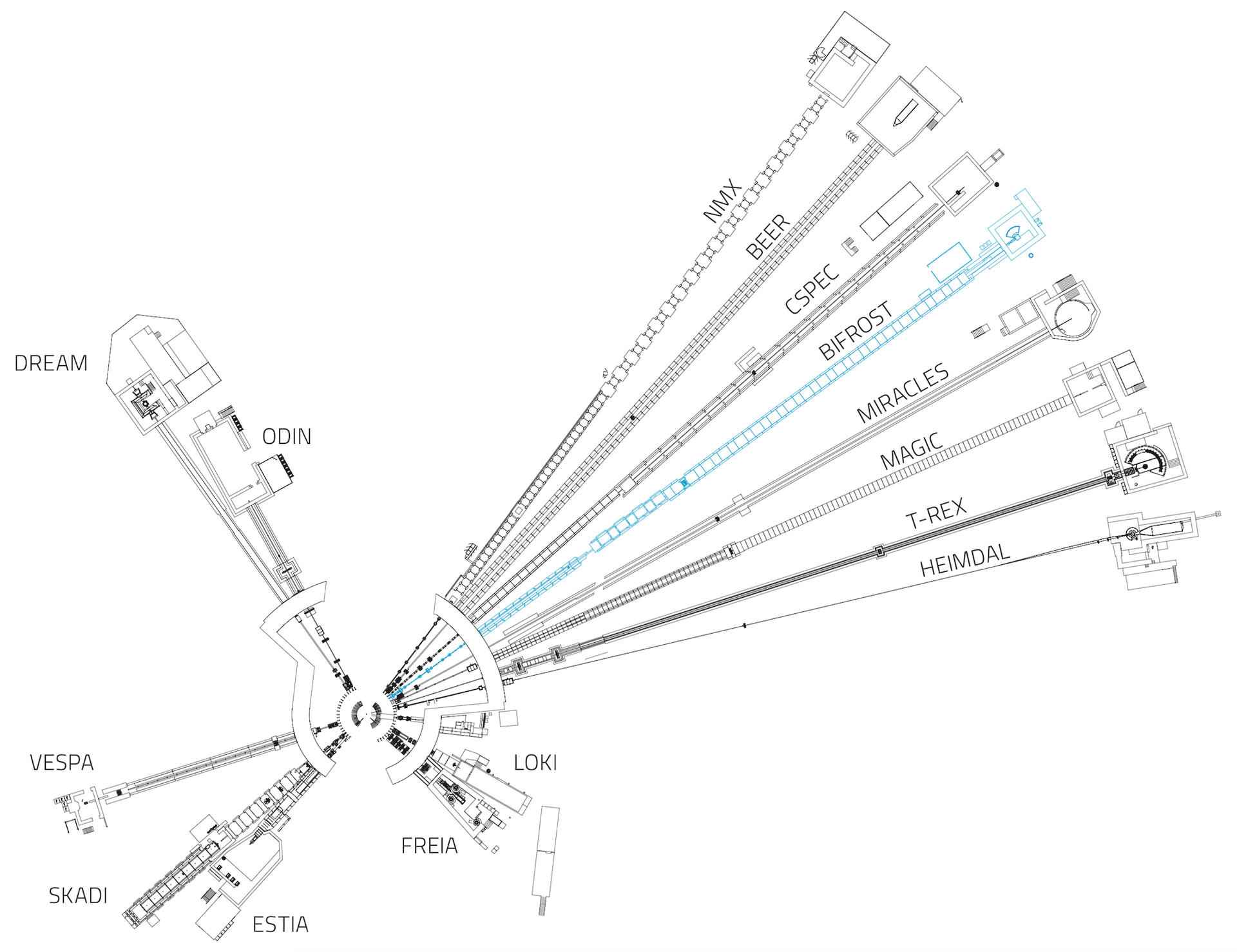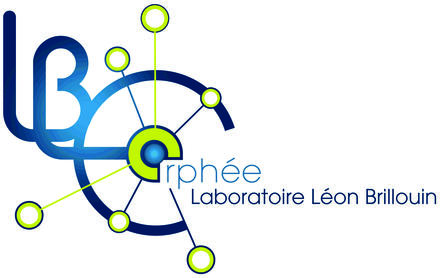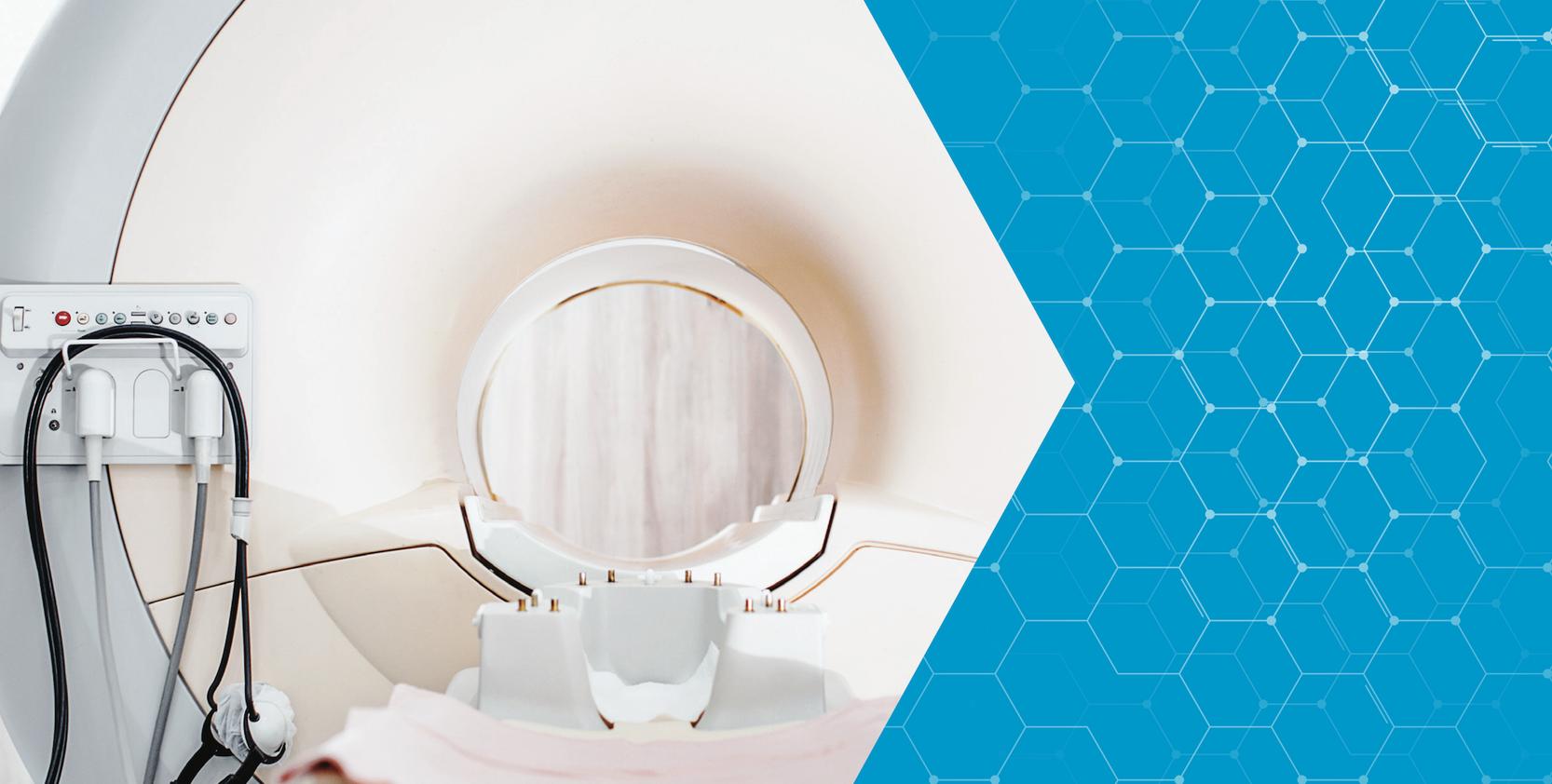
Better superconductors to improve cancer diagnosis
MRI scanners are vital tools for diagnosing a range of cancers and informing their treatment.
Research at the European Spallation Source will help to unlock a new generation of MRI scanners that will give doctors more detailed images for diagnosis, and patients a greater chance to beat the disease.
A staggering 80 million MRI scans are performed each year, helping medical professionals across the globe to diagnose a range of diseases and health issues that may otherwise go undetected.
In fact, the ability to see inside our bodies with MRI scanners can be twice as likely to help doctors identify the presence of dangerous tumours than is currently possible with invasive techniques like biopsies, as has been shown for prostate cancer. They have also proved to be an important tool for analysing the progression of other life-changing diseases like multiple sclerosis.
The more detailed the scan, the easier it is for doctors to make an accurate diagnosis and determine the best treatment for their patients. However, this detail is limited by the size and power of the scanners. In addition, the narrow chamber needed to obtain good detail causes some patients undergoing MRI scans to suffer claustrophobic attacks.
The challenge in producing better MRI scanners lies in the need for extremely strong magnets to create a large magnetic field within the scanner. Creating a suitable magnetic field relies on special superconducting materials that allow a current to pass through them with almost no resistance. However, such characteristics have only been revealed so far at extremely low temperatures: metallic superconductivity can only be sustained below -243°C.
Today’s MRI magnets are typically run at -270°C, requiring bulky and expensive cooling systems.
Researchers are seeking to identify novel materials that can exhibit superconducting characteristics at higher temperatures. They have observed superconductivity at temperatures as high as -120°C, but these materials do not lend themselves well to building magnets. The quest to understand superconductivity is key to developing the materials that will bring MRI diagnosis to the next level.
What will we see at ESS?
Superconductivity is a quantum mechanical phenomenon. It is defined by extremely small excitations at the atomic scale, which increase as the temperature drops. It turns out that cold temperatures are not the only factor, however, as scientists have discovered that these excitations are also influenced by magnetic forces. This is exciting in the search for new superconductive materials since magnetism is a property that can be manipulated. However, the relationship between superconductivity and magnetism has traditionally been very difficult to study.
Neutrons are magnetic themselves, and thus are uniquely positioned to investigate magnetic phenomena and the interplay between magnetism and superconductivity. After decades of neutron investigations we now know that magnetism and superconductivity have a somewhat strange relationship; while magnetism appears able to drive superconductivity, it also seems to compete with it. These properties are difficult to see without extremely powerful neutron instruments, and today’s facilities have only given us a glimpse of what is going on.
The unparalleled brightness of the neutron source at ESS will allow for investigation into the atomic structure of superconducting materials at a level not possible before. In the BIFROST instrument, which will have the highest intensity of all ESS instruments and a very wide energy coverage, neutrons will be scattered off superconducting materials to reveal the atomic excitations and magnetic forces acting within. Many of these are too weak to be detected today, or fall outside the energy range of existing instruments.
This new understanding will enable scientists to not only discover new superconductors, but to manipulate known materials into better superconductors that work at higher temperatures.
Beyond medical imaging
Harnessing superconductivity could have far-reaching impacts beyond medical imaging tools. It is a key to solving the challenge of distributing renewable energy to where it is needed, and to enabling the next generation of particle accelerators for scientific research. A host of other exciting innovations, from fusion energy to super-fast magnetic levitation trains, are also dependent on the discovery of novel high-temperature superconductors.
Superconductivity, however, is just one of many research fields that BIFROST will help to advance. The spectrometer will enable the study of more complex materials under a wider variety of conditions than is possible today. Geoscience, for example, will benefit from BIFROST’s capabilities, enabling the study of materials under extreme pressures such as those found deep in the Earth.
BIFROST
BIFROST is an extreme environment spectrometer, designed to explore the intricate physics of magnetism and superconductivity. Using neutron spectroscopy, BIFROST will be harnessed to observe low temperature dynamics with its combined high flux and capability for larger coverage.
Fifteen instruments are currently under construction at ESS.
The in-kind partner institutions collaborating with ESS to design and build BIFROST are:
This feature is part of an ongoing Future Science series; a set of stories highlighting some of the research opportunities that will be made possible by instruments currently under construction at ESS.

























